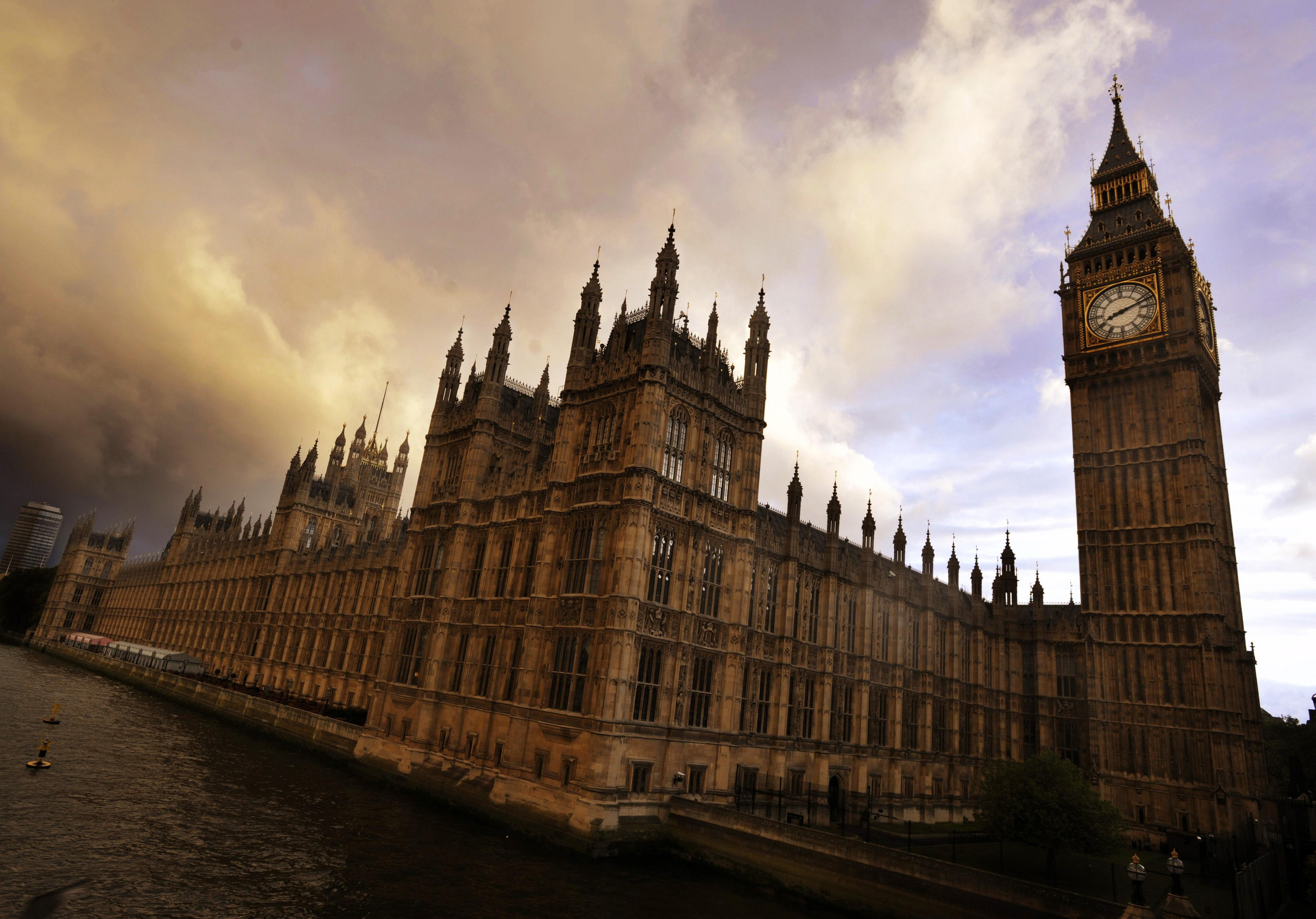
When I tell people I work at a palace, they are routinely impressed.
If I recount the day when my colleague bravely caught a mouse in an upturned dustbin, the reaction is less positive.
But Westminster’s resident rodents are the least of its worries – it’s no secret many of the estate’s structures are crumbling.
According to the official UK Parliament website, the heating, ventilation, water, drainage and electrical systems are all antiquated.
Improvements to fire safety are also needed and asbestos is present throughout.
The list goes on.
Later this year, a joint Commons and Lords select committee is due to publish its recommendations on how the restoration programme should go forward.
The committee is considering three options, set out in a 2015 independent report, the cheapest and quickest of which – at £3.5-£3.9 billion – would involve a relocation for around six years.
The other options are a partial relocation, taking around 11 years at a cost of between £3.9 and £4.4 billion, or a rolling programme over an estimated 32 years for some £5.7 billion.
In these straitened times, the numbers are eye-watering, prompting calls for MPs to leave the historic premises altogether.
Jonathan Edwards, Plaid Cymru’s treasury spokesman, has said to spend that kind of money would be an act of “political debauchery”.
He wants MPs to have the option of transferring permanently to a new location when they vote on how to proceed.
There is certainly the opportunity there to reconnect with frustrated voters who feel let down by the establishment, as well as a chance to modernise.
One way of doing this would be to move outside of London.
This would signify a real commitment to decentralisation and there would be the added benefit of encouraging investment outside the capital, thus helping to rebalance the economy away from the south-east of England. Being closer to the geographical centre of the UK would perhaps also be more fitting for the UK Parliament.
Additionally, a move could ensure a seat for every MP and enable electronic voting – ending the laborious, time-consuming and occasionally error-prone process of counting members through the ‘Aye’ and ‘No’ lobbies.
Such steps would go a long way to ending the gentleman’s club atmosphere that prevails both in the chamber and wider estate.
And this in turn would make the institution seem more accessible, like the Scottish Parliament.
Those who argue for staying in the current venue point to the history and tradition. Westminster Hall, the oldest part of the site, dates back to 1099, although there was a complete rebuild in the 19th century after a fire in 1834 and extensive repairs following bomb damage in World War II.
READ MORE
Lindsay Razaq: Let’s end the immigration blame game
Lindsay Razaq: Parties must grow up and tackle bullying head-on

Enjoy the convenience of having The Sunday Post delivered as a digital ePaper straight to your smartphone, tablet or computer.
Subscribe for only £5.49 a month and enjoy all the benefits of the printed paper as a digital replica.
Subscribe